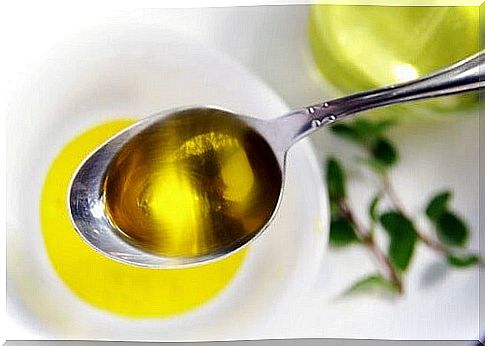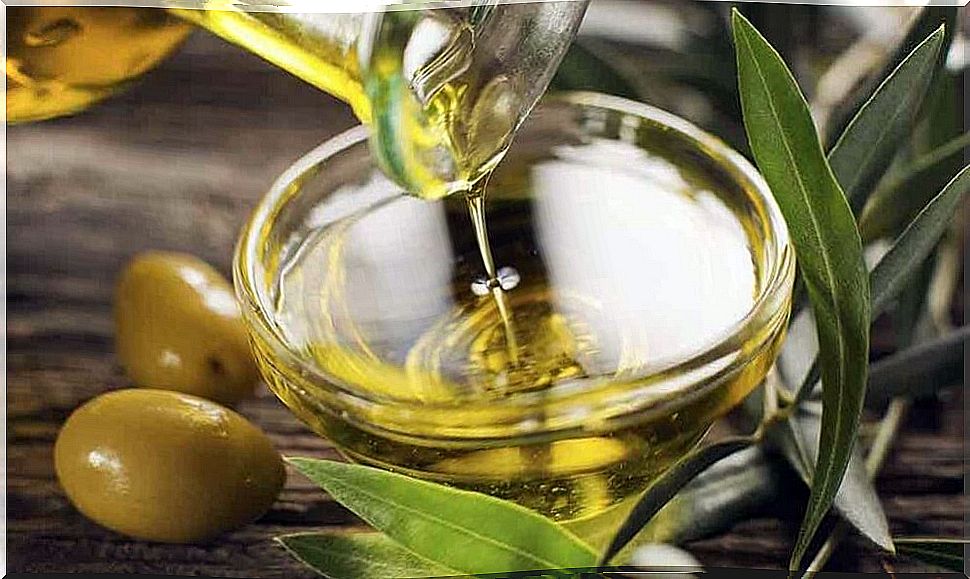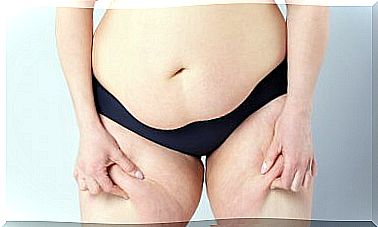What You Need To Know About Edible Oils
In recent years, the trend has been to eliminate edible oils from the diet. The belief is that they are not a good option to maintain weight. On the other hand, cooking without oil gives dishes a different flavor. The question is whether edible oils are really harmful.
So that you can have an answer to this question, below we will review, among other aspects, the properties of edible oils and the types that we can find.
Fats as organic compounds
Broadly speaking, fats are a composition of fatty acids and molecules held together by carbon, oxygen, and hydrogen atoms. However, the bonding of atoms is not always the same. Therefore, they are divided into saturated and unsaturated fats. The latter are subdivided into monounsaturated and polyunsaturated.
Properties and importance of edible oils
- They have an energy function, since fats produce around 9 Kcal / g.
- They are the means of transport for fat-soluble vitamins (vitamin A, D, K and E).
- They favor the absorption of calcium.
- They act as lubricants.
- They are a means of communication between the flavors and textures of food.
Stages in the process of making edible oils
We are now going to see how vegetable oils are made, broadly speaking. The process consists of a series of steps :
- Seed reception: the seed is analyzed.
- Storage: the seeds are kept under a specific humidity to prevent fungi and bacteria from appearing.
- Oil extraction : cleans, dries and flakes.
- Oil refining: it is the process of removing certain fatty acids and color.
- Modification of fats : in this stage, procedures such as fractionation, interesterification and hydrogenation are applied. These procedures help to change the food composition of the oil.
- By-products: they are obtained during oil production, such is the case of seed residues that can be granulated and become fiber.
Types of edible oils
No edible oil is completely the same as another. Each one has a specific composition and has been obtained in a different way.
Edible oils are classified as follows, according to how they are obtained:
- Mechanical procedures : which involve increasing the temperature and pressure.
- Chemical procedures : in which products such as solvents are used for the extraction and refining of the oil.
But how do you know which edible oil to choose? The purer the oil, the better, since it will have better acidity. Labels are a double-edged sword. We can have an idea of its content, but not the security regarding it.
These are the main edible oils.
1. Virgin oil

It is the name that is also given to olive oil. It is the only edible oil that does not go through a chemical refining process. It is obtained mechanically from the juice of olives.
Due to its effects on health, it is one of the most recommended oils for the diet. As a 2015 publication by the British Journal of Nutrition points out, olive oil contains components that could have antihypertensive, antithrombotic, antioxidant and anti-inflammatory action.
However, these properties are still being studied and more evidence is still required to verify them. Despite this, worldwide it is classified as a heart-healthy and anti-inflammatory ingredient, ideal for any type of healthy diet.
2. Mixed oils
Mixed oil is any mixture of oils that are not virgin. They are oils rich in polyunsaturated acids. They favor cooking, since they do not degrade easily when exposed to heat.
3. Sunflower, corn and soybean oil
They are found on the market as “low-fat oils”, which is not entirely true, as they contain the same calories as the rest of the oils. However, as long as vegetable oil is not cooked, it does not have cholesterol, since it is cooking that alters the fatty acids.
4. Refined oil
When an oil is labeled “refined” it means that the product was made using chemical methods. Generally, all seed oils go through this process, regardless of whether the words “fine” or “pure” appear on the label.
Tips for proper frying with edible oils

It is important to note that all edible oils are 100% fat, but this does not mean that they are not healthy and that we should eliminate them from our kitchen. Here are three tips for proper frying with edible oils :
- Dry the pan very well to remove any oil residue.
- Add the food and do not cover it, since the steam alters the compounds of the oil.
- Put the oil at a temperature of 180 ºC, since the fat is obviously reduced.
Annotations
In the market there are oils with little flavor, clean color and good quality for frying. Refined oils do not have the contaminants that are extracted from agricultural raw materials.
On the other hand, the refining process eliminates carotenoids, which have a nutritional contribution. But also, it keeps the tocopherols. In addition, it does not alter fatty acids.
The important thing is not to overdo the use of edible oils. It is also advisable to control the consumption of fats contained in food.









